
Travel
15:17, 22-Aug-2018
Journeying along the Belt and Road-Episode 4: Sri Lankan Culture
Updated
14:54, 25-Aug-2018
By Yin Zhongwang
01:00
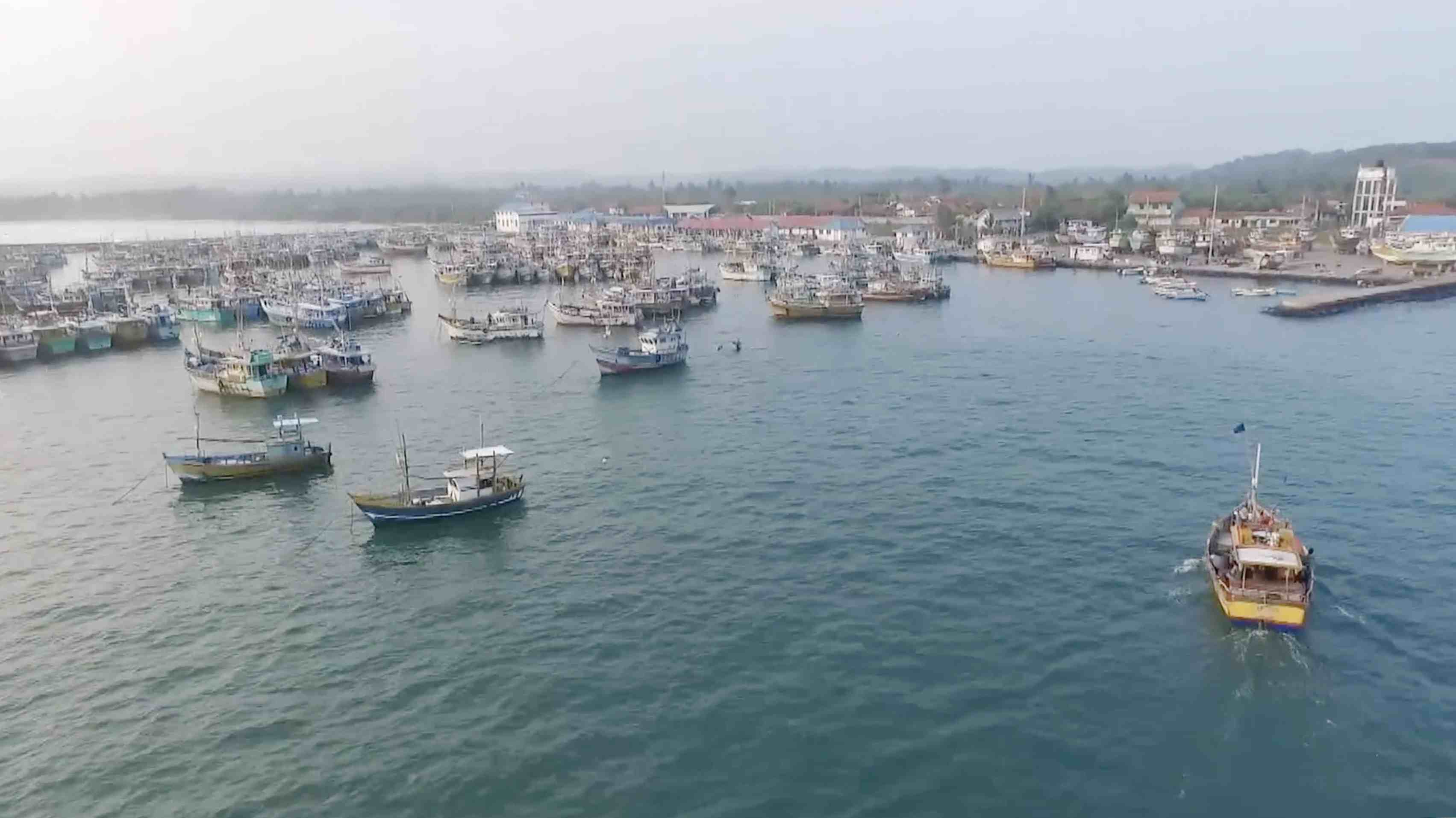
Sri Lanka has many names: Lanka, Serendib and Ceylon. But why is this? There is always a question mark in my mind. During our four-day tour in Sri Lanka, besides interviews in its ports, I also managed to visit more places to learn about different facets of its people.
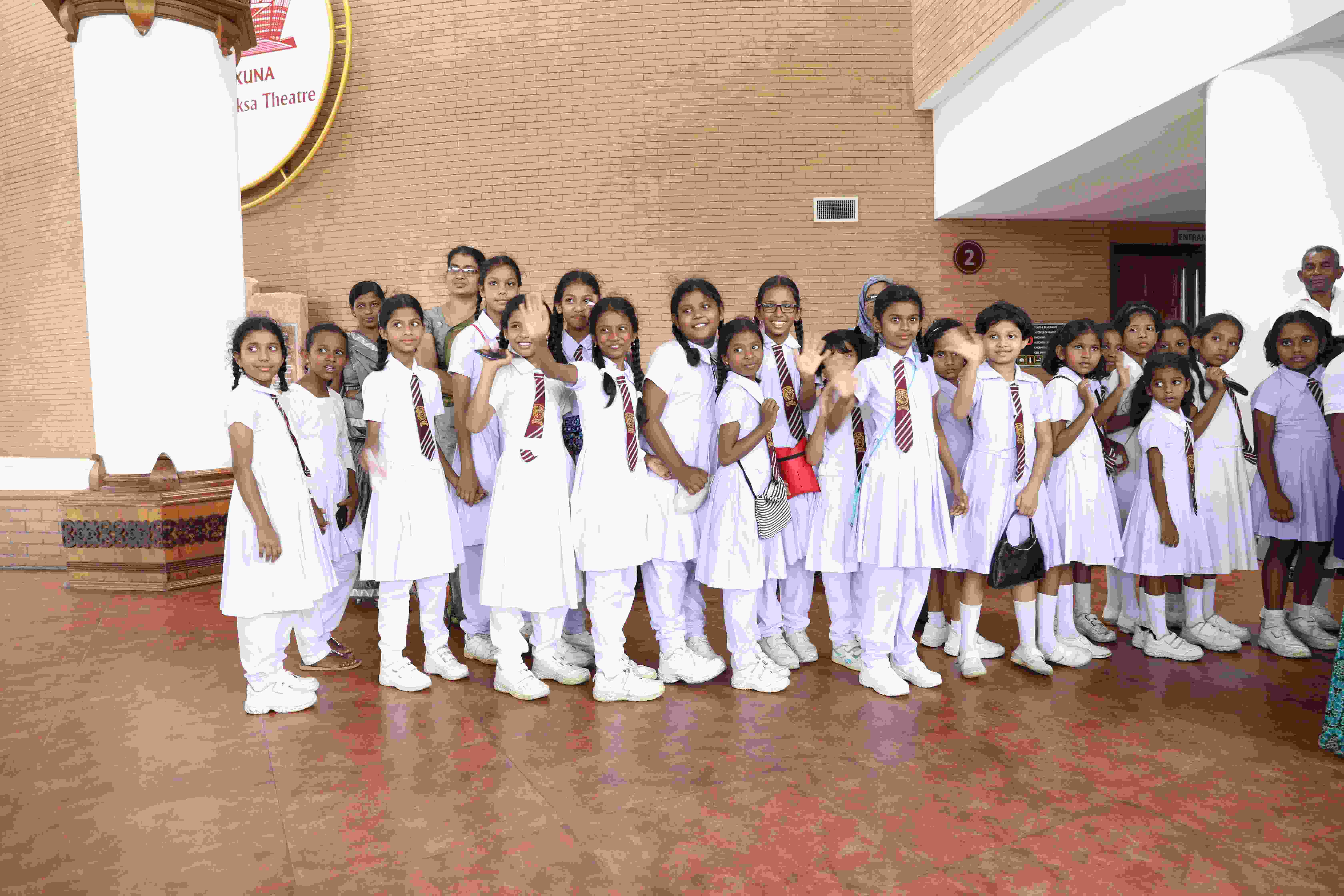
Sri Lankan students. /CGTN Photo
Sri Lankan students. /CGTN Photo
Gangaramaya Temple
Temples are a must-see in Colombo and I visited Gangaramaya Temple which is situated in the center of the city. From afar, the architecture of the temple displays a mix of Sri Lankan, Hindu, Thai and Chinese characteristics. Inside the temple, I found Buddha, Shiva, Guanyin and even Guan Gong worshiped by followers of different religions.
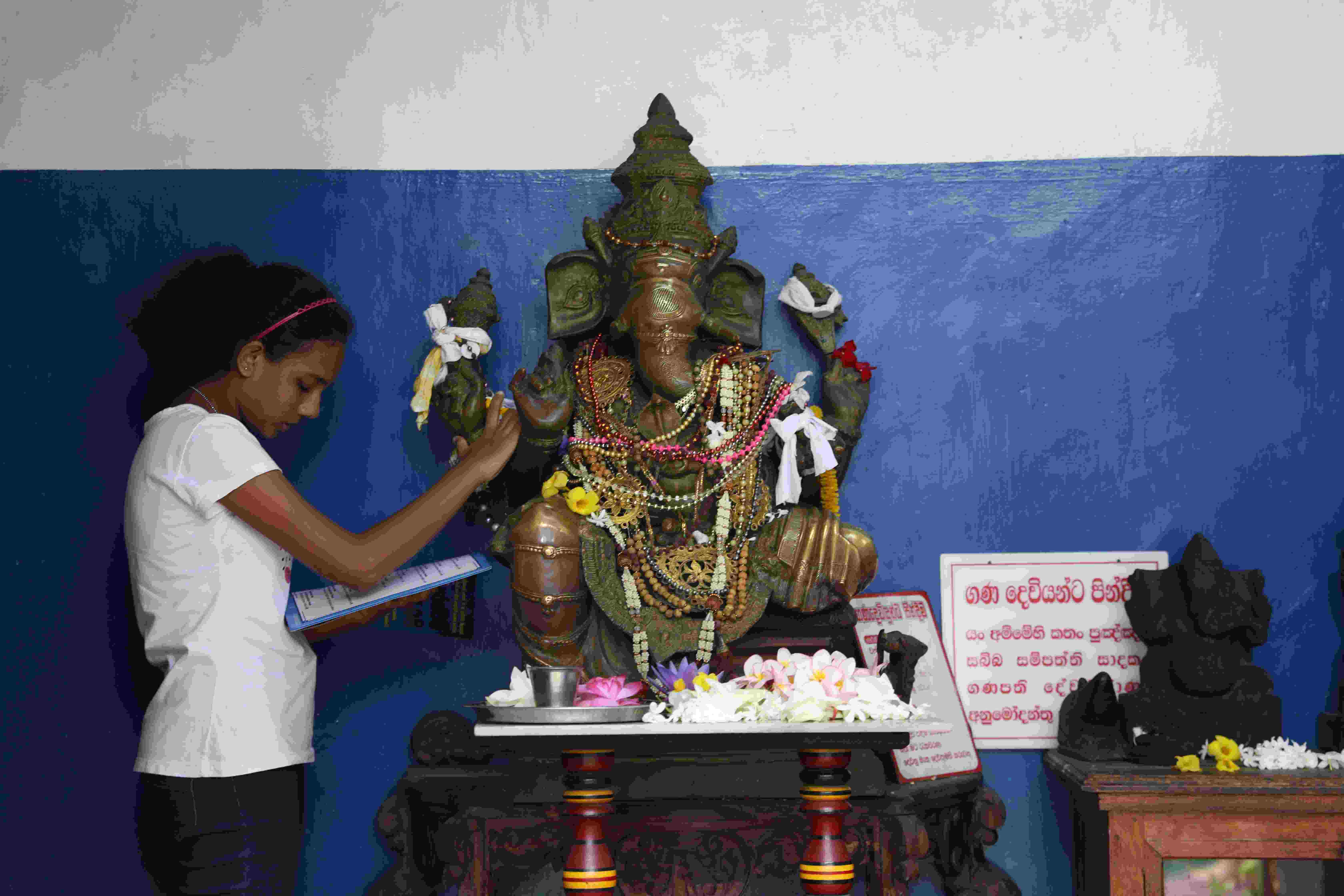
Hindu God Worship in Gangaramaya Temple/CGTN Photo
Hindu God Worship in Gangaramaya Temple/CGTN Photo
Yet the majority of the locals who come to the temple are buddhists. They pray, meditate or just sit quietly under the holy Bodhi tree, with luxuriant foliage like a huge umbrella, which symbolizes protection from evil and also acts as a reminder of the awakening in Buddhism.
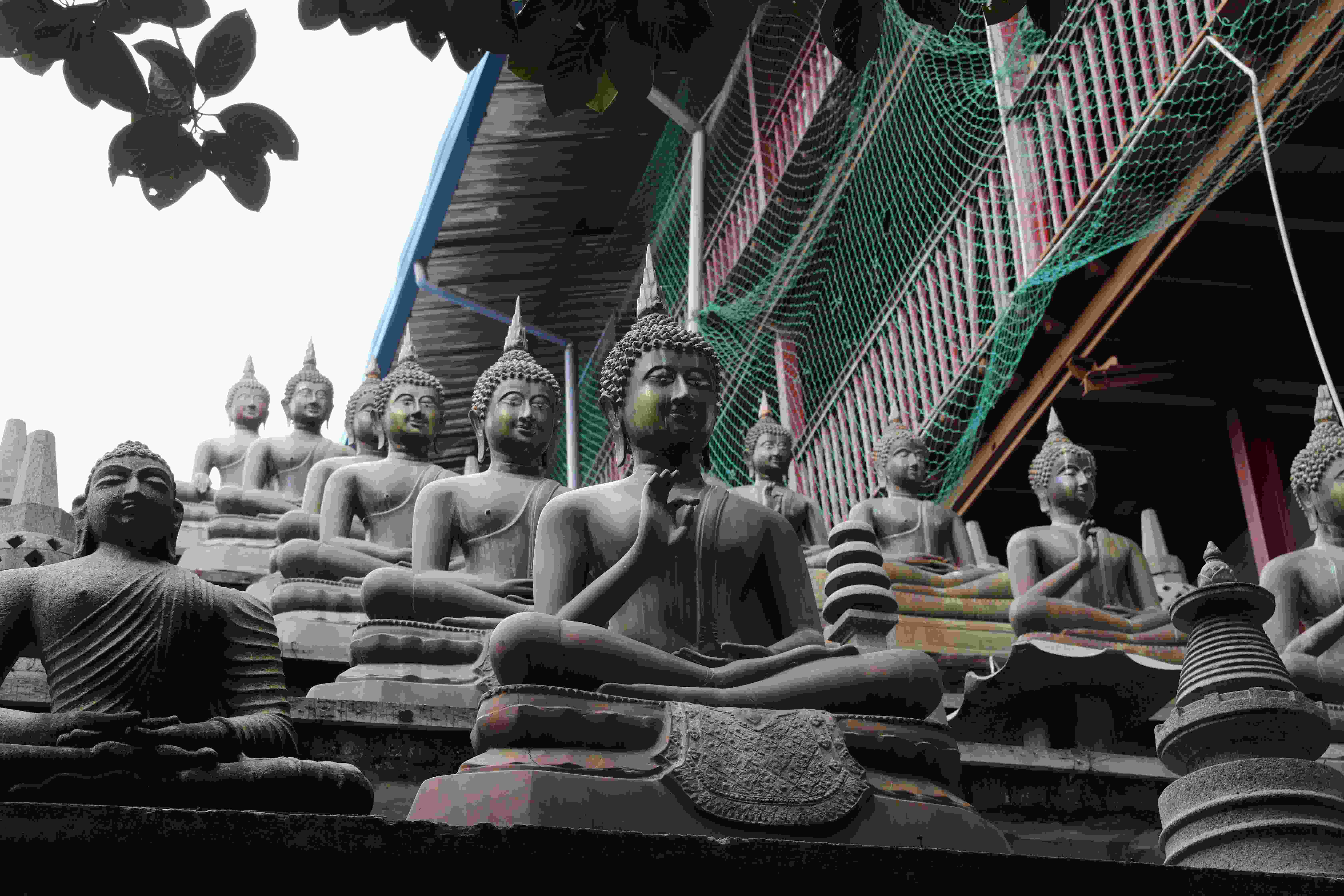
Buddhas in Gangaramaya Temple. /CGTN Photo
Buddhas in Gangaramaya Temple. /CGTN Photo
It is said that there are also senior citizens’ homes, a vocational school and an orphanage inside the temple, but I did not see them. Surprisingly, what I saw was a traditional musical performance by local musicians, a rare activity in similar religious venues in China, and it was well captured by our cameraman.
I think the unique attractiveness of Gangaramaya Temple lies in not only how it blurs the line between the sacred and the mundane, but also in how it embodies Sri Lanka's religious tolerance and cultural diversity.
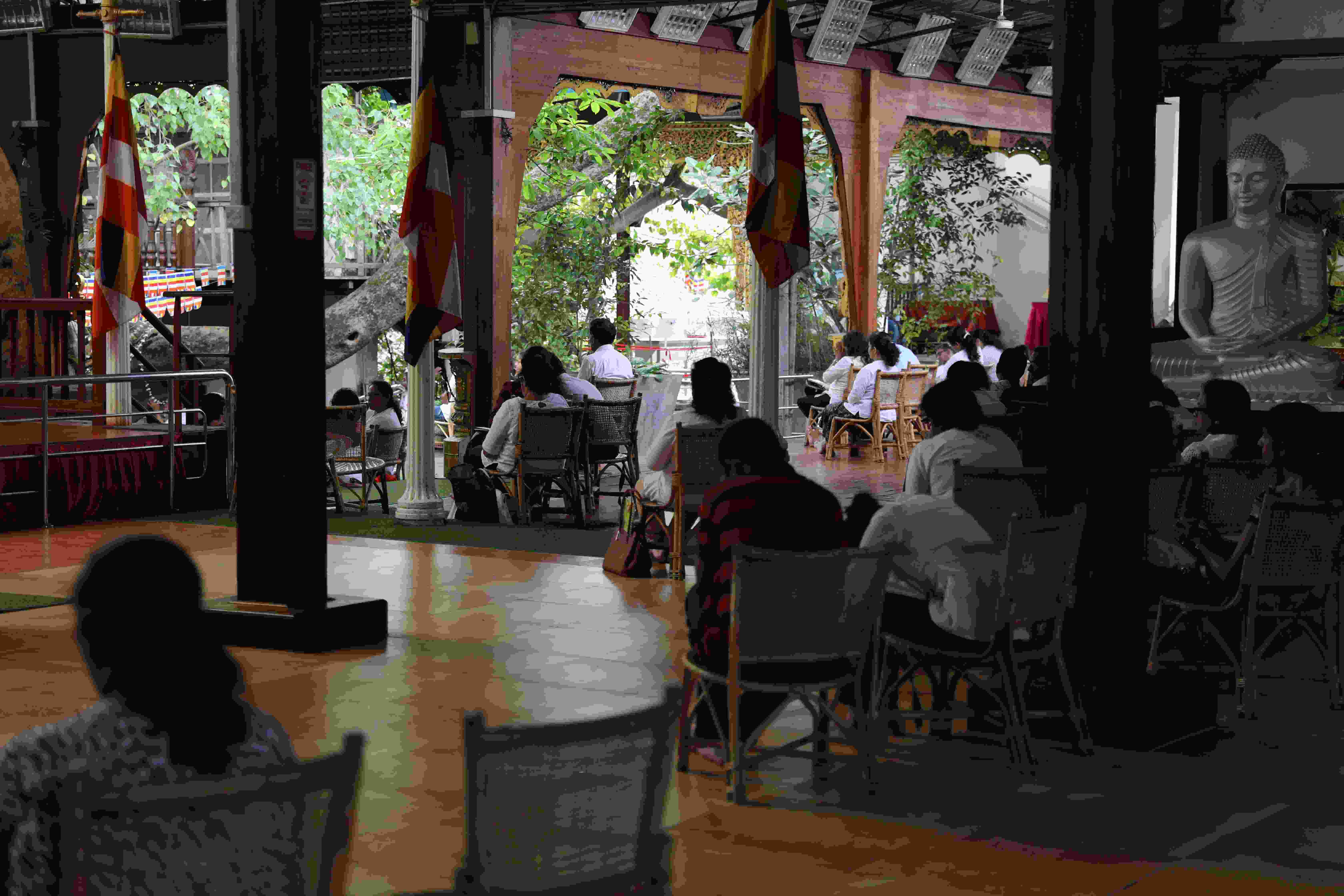
Buddhists in Gangaramaya Temple/CGTN Photo
Buddhists in Gangaramaya Temple/CGTN Photo
Island of Smile
Sri Lanka lies like a teardrop in the Indian Ocean, but Sri Lankans are always smiling. “They have the best smile in the world,” a friend told me after visiting the country. During my four-day stay in the country, I rarely saw any facial expressions other than smiles. Besides, they love to get their photo taken.
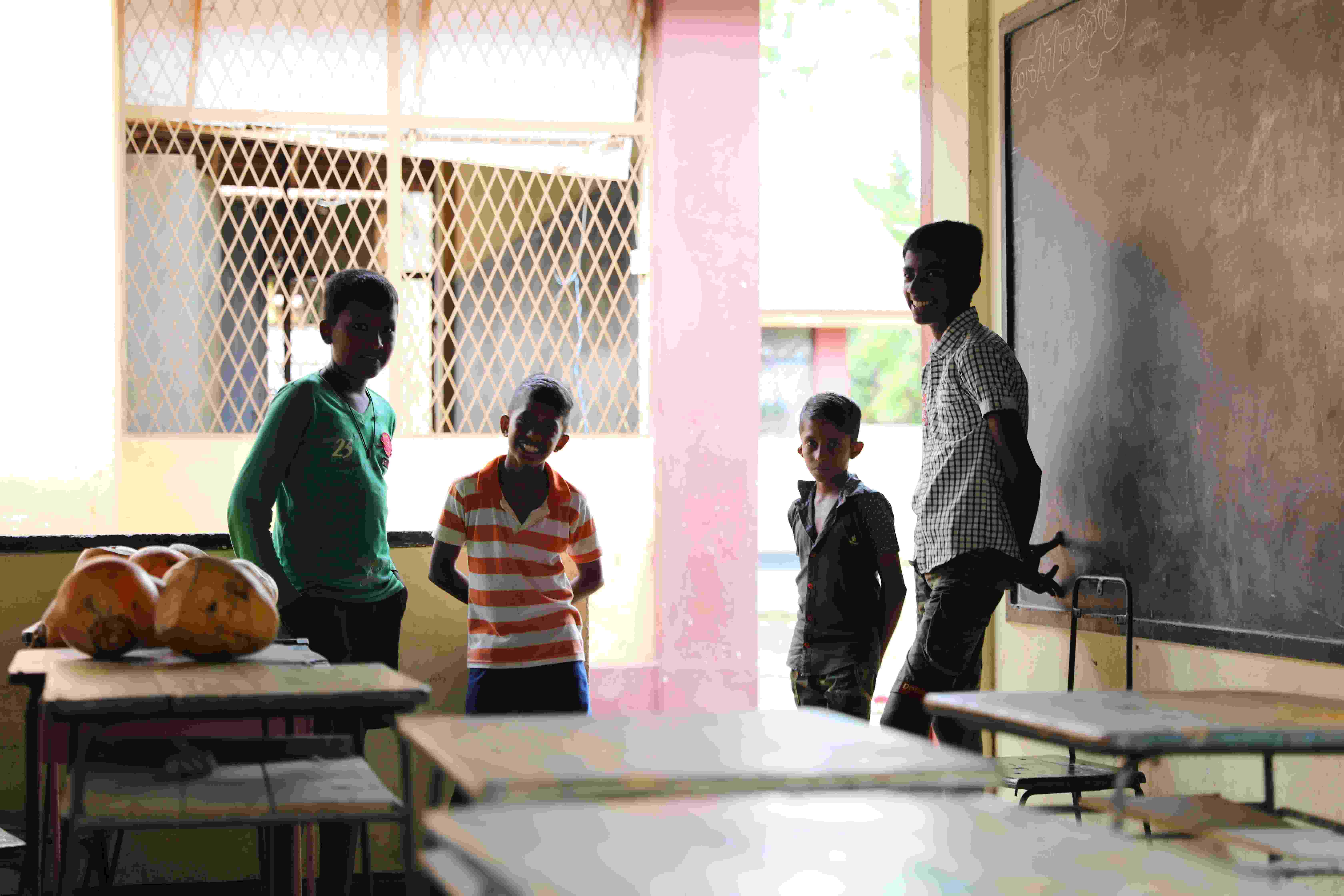
Students of Tissapura School in Hambantota/CGTN Photo
Students of Tissapura School in Hambantota/CGTN Photo
Another big discovery for me in Sri Lanka was that it seems common for people to ask “Are you happy?” a question seldom asked by strangers anywhere else. During my brief trip, I was asked at least four times by salesclerks, drivers and porters.
On the last day in Colombo, I hired a tuk tuk driver to make a quick trip to a local bookstore near the hotel. On the way back, I showed him a book in Sinhalese I had bought as souvenir. He was overjoyed and refused to charge me. I insisted to pay and he asked me the question again. “Are you happy today? I am very happy and it really doesn't matter if you pay or not.”
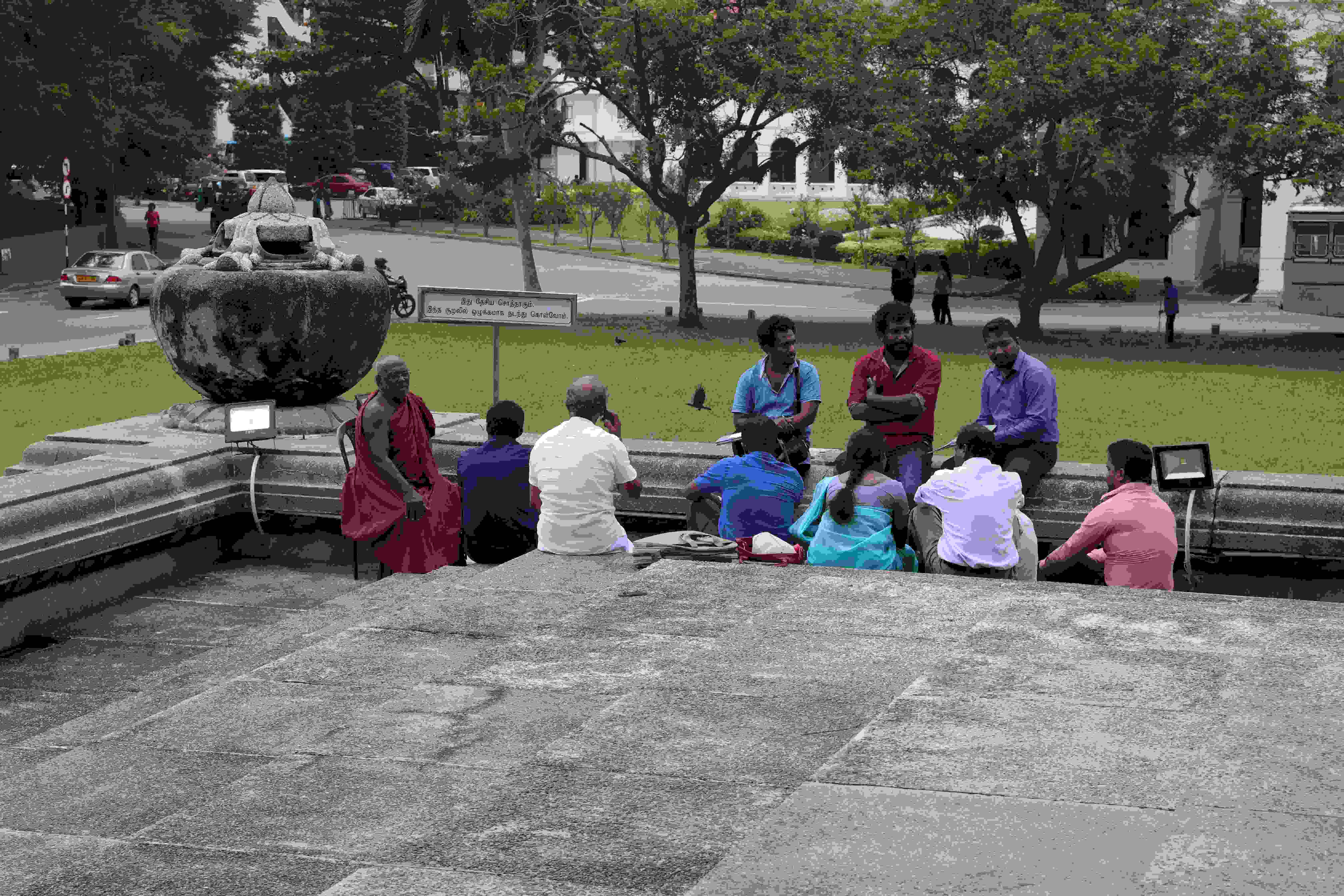
A Street View in Colombo/CGTN Photo
A Street View in Colombo/CGTN Photo
Since ancient times, Sri Lanka has been influenced by several waves of civilizations brought by inhabitants, settlers, traders and travelers to the island. Buddhism has thrived on the island and it has been a center of Theravada scholarship and learning.
Also, the island's proximity to India has allowed Hindu beliefs to be ingrained into everyday Sri Lankan life. Arab traders named the island Serendib due to its plentiful, beautiful nature. And marine explorers from Portugal introduced the symbol of the Cross.
As a result, modern Sri Lanka is a multi-ethnic, multi-cultural and multi-religious nation.
(Video by Luo Caiwen)

SITEMAP
Copyright © 2018 CGTN. Beijing ICP prepared NO.16065310-3
Copyright © 2018 CGTN. Beijing ICP prepared NO.16065310-3